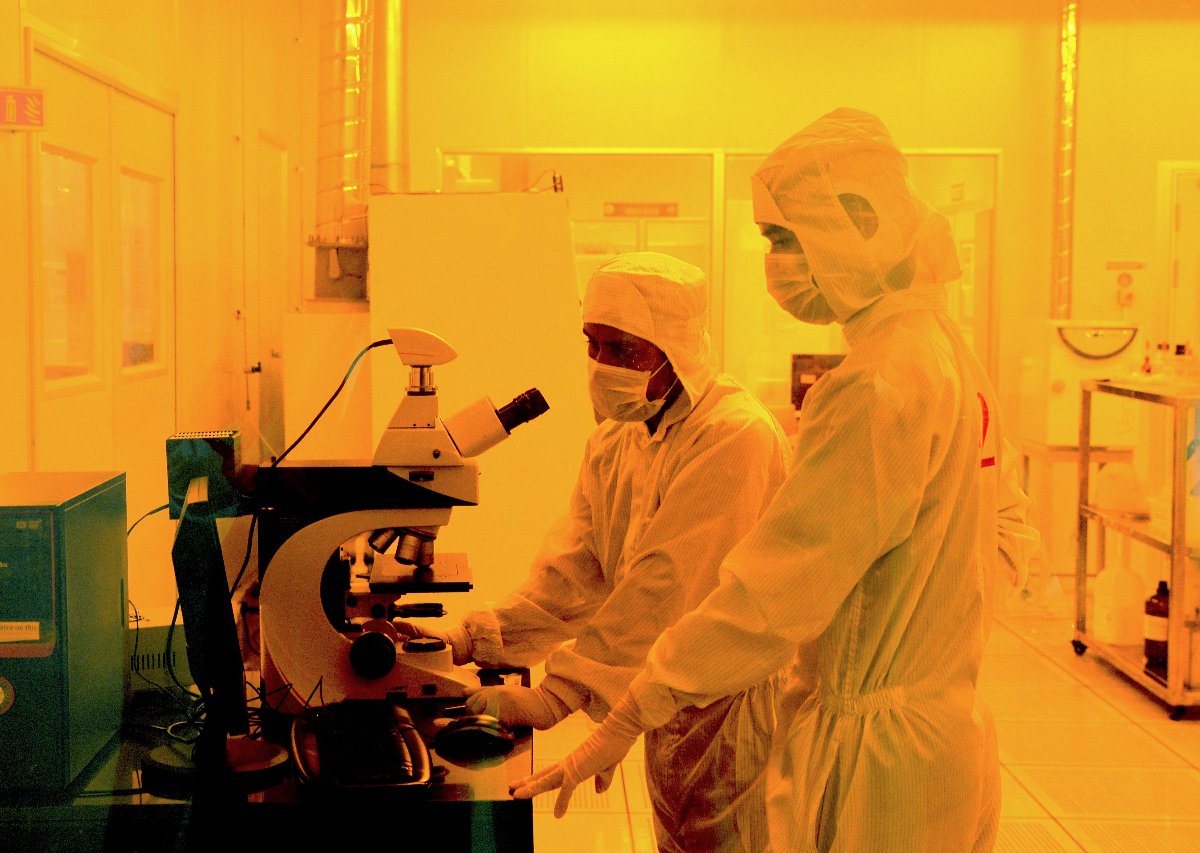After much deliberation and planning, the Indian government has given the green light for a massive investment in the country’s semiconductor sector. With an impressive budget of $15.2 billion (1.26 trillion Indian rupees), this ambitious project aims to build three new semiconductor plants, including India’s first-ever fab facility. This move is seen as a strategic move to compete with major players in the chip race, such as China and Taiwan.
“Although AI chips are currently dominating conversations in the industry, the three new plants will not be focusing on this specific segment. Instead, they will cater to a wide range of applications in the general-purpose market.”
One of the most significant developments is the approval of a semiconductor fab facility, jointly set up by India’s Tata Group and Taiwan’s Power Chip. Located in the Dholera region of Gujarat, this facility will have the capacity to produce a staggering 50,000 wafers per month and manufacture over 3 billion chips annually. These chips will serve various market segments, including high-power computers, electric vehicles, telecom, and power electronics.
During a media briefing in New Delhi, Indian IT Minister Ashwini Vaishnaw announced that construction for the semiconductor fab would commence within the next 100 days. He also added, “A typical semiconductor fab takes three to four years to build, but we will be compressing the timeline significantly.”
Apart from the semiconductor fab, the Indian government has also approved a $3.2 billion investment for a semiconductor assembly, testing, marking, and packaging unit planned to be set up in the northeastern state of Assam. The unit, managed by Tata Semiconductor Assembly and Test, will have the capacity to produce 48 million chips per day and will cater to seven different segments, including automotive, electric vehicles, consumer electronics, telecom, and mobile phones.
- The Assam unit will supply chips to various companies, including Indian, American, European, and Japanese companies.
- According to Vaishnaw, it will be a good export opportunity as well as for domestic use.
In addition to these two facilities, the Indian government has also approved a $916 million investment from Japan’s Renesas Electronics and Thailand’s Stars Microelectronics. This investment will enable the Indian company CG Power to establish a specialized chip factory in Sanand, Gujarat. This facility will cater to niche sectors such as defense, space, electric vehicles, and high-speed trains, with a daily production capacity of 15 million chips.
It’s worth noting that this is not India’s first attempt at strengthening its domestic semiconductor sector. For years, the country has been striving to become a significant player in the market, but unfortunately, its previous efforts have not yielded much success.
In 2021, the Indian government introduced a $10 billion incentive program to attract chipmakers and display manufacturers to set up local facilities. However, the program had to be modified last year due to a lack of interest from international companies. Reasons for the lack of engagement varied, from complicated application processes to a lacking ecosystem for establishing and operating these businesses.
There were reports of the government’s efforts to persuade TSMC, the world’s most extensive chipmaker, to get on board. However, notable companies such as Qualcomm, MediaTek, and Intel were absent from the recent announcement.
Despite these challenges, the government remains optimistic about the impact of these new facilities. According to Vaishnaw, they will generate 20,000 advanced technology jobs and about 60,000 indirect jobs. However, considering the long road ahead for building chipmaking ecosystems in the country, it’s not surprising that AI chips are not on the agenda for the new facilities.
But that’s not all; the Indian government has other semiconductor developments in the pipeline. Vaishnaw revealed that a total of $7 billion in incentives have been allocated for the newly approved plants and the $825 million Micron facility, announced during Prime Minister Narendra Modi’s visit to the U.S. last year. Additionally, India is offering billion-dollar incentives to attract foreign semiconductor manufacturers, with companies like Foxconn and AMD already announcing their investment plans.
Vaishnaw also shared that the government has designed a 20-year program for the semiconductor sector. With a significant number of design engineers and a thriving ecosystem for chip design, India is well-equipped to support these new facilities. And as the minister puts it, “You will see various other semiconductor initiatives by the government in the near future.”








